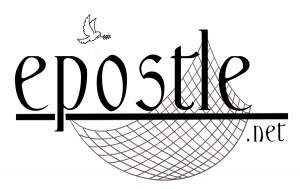The Salt & Light Preface
Armodoxy for Today: The Advent Series – Prefaced with Salt & Light
We begin the second week of our Advent Journey, with two statements that set the purpose for the Essential Teachings of Jesus in the Sermon on the Mount. Here, he proclaims the importance of each of us, as a child of God. He says,
“You are the salt of the earth; but if the salt loses its flavor, how shall it be seasoned? It is then good for nothing but to be thrown out and trampled underfoot by men.
Here he gives a warning of what may come by your own doing. Salt, a speckle of seeming insignificance, is vital to life. It brings flavor to food, as is the directive for you to bring flavor to life. And without that flavor, salt is but a grain of sand. It is, as Jesus says, “Good for nothing.” Very plainly, do not lose your favor.
He continues, “You are the light of the world. A city that is set on a hill cannot be hidden. Nor do they light a lamp and put it under a basket, but on a lampstand, and it gives light to all who are in the house. Let your light so shine before men, that they may see your good works and glorify your Father in heaven.”
Jesus, who is proclaimed as the “Light of the World” is now casting a new light on us. He refers to you as the Light. So important is Light to our life, that Jesus instructs you to shine your light – share your goodness, your talents – with others.
This passage today prefaces the purpose of the Sermon on the Mount. Jesus is validating you as Salt and as Light – important to bring flavor and illumination to the world. God has created you in His image for a purpose, to decorate, illuminate, share your talents, bring joy to all of creation. Don’t lose that saltiness. Don’t lose the light. The Sermon is the essential instruction on how not to lose the Goodness with which God has endowed you from the beginning. It’s yours and you are God’s.
Let us pray, Lord our God, during this Season of Advent, I prepare to greet you with awe and wonder. You have given me the joy of life. Help me to count my blessings, make my talents known for your Glory, so that I may live by the standard of Love. Amen.


